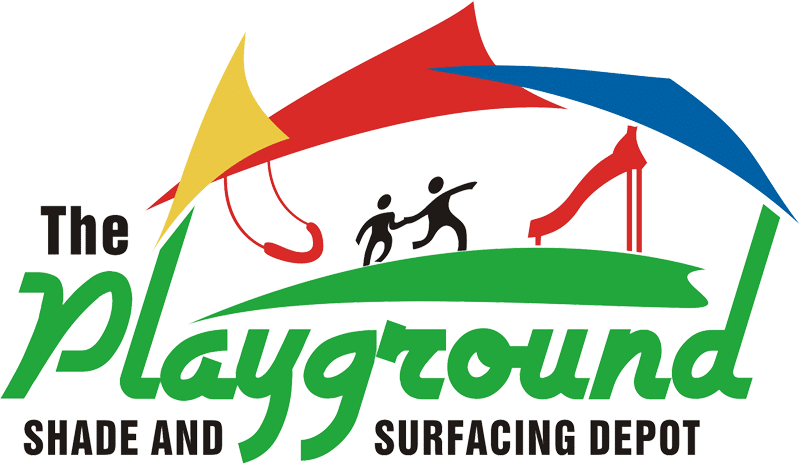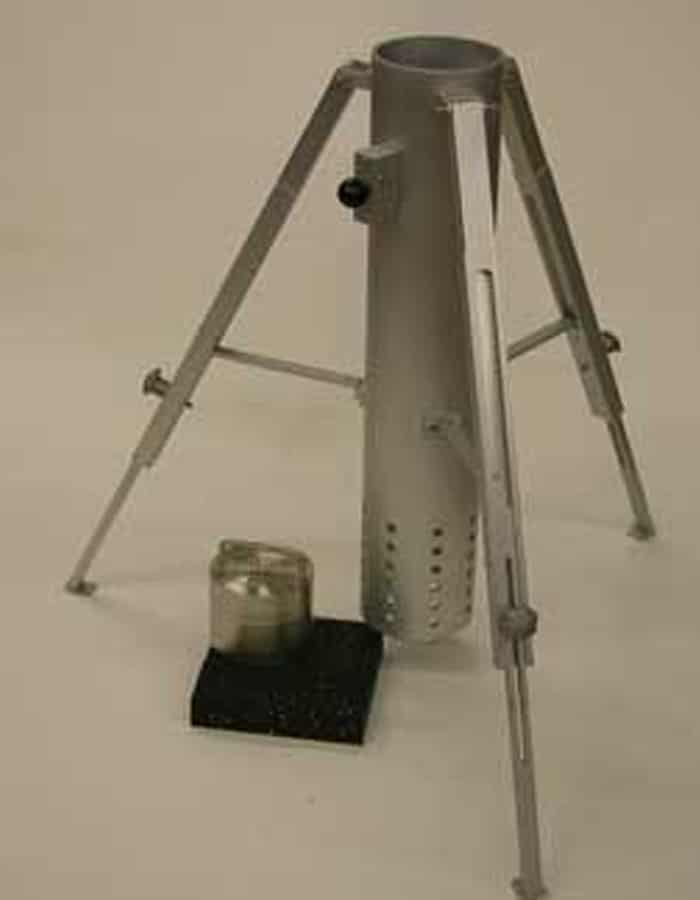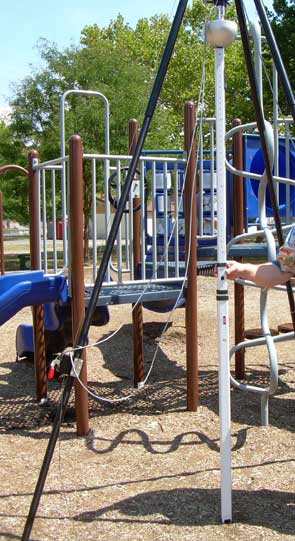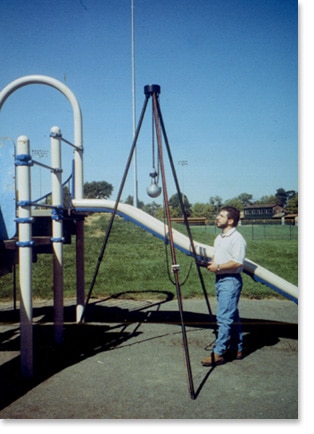Description
Playground surfacing testing can be an important part of your overall playground safety audit checklist. ASTM F 1487 requires that all surfacing used in public play areas must comply with the requirements of ASTM F 1292 Standard Specification for Impact Attenuation of Surface Systems under and around Playground Equipment for safety. Safety surfacing testing can be done for poured in place rubber, engineered wood fiber (EWF), playground rubber tiles, playground rubber mulch, playground bonded rubber and many other playground surfacing types.
Playground surface testing will indicate the “critical height” that your playground surfacing type protects. A playground surfacing Critical Height is a property of the surfacing material itself. It is the fall from below which a life threatening head injury would not be expected to occur on the surfacing system. This is the number one purpose of having the proper playground safety surfacing installed and maintained.
The “fall height” is a property of the play equipment. It is the vertical distance between the highest accessible designated play surface of the play equipment and the protective playground surface beneath it.
Playground Surface Impact Testing requires the use of a piece of equipment known as the Triax 2010 which is a tripod that holds the head form at the proper fall height. The head form is held with an electromagnet and released for a free fall to the surface. The test normally takes about 1 1/2- 2 hours per play area and reports are then generated to provide to the customer Using our Triax 2010, we will perform on site testing for each structure to ensure compliance with ASTM F-1292-09. Annual testing on existing surfacing will allow the owner/operator to document and retain historical data of performance of the surfacing.
Our goal is to make sure your play equipment and/or playground surfacing is safe for children to play on and conform to safety standards.
Call us today to schedule your next playground surface testing appointment.



